Welcome to the world of Pickleball, the rising star in the sports arena where badminton meets table tennis and tennis! This sport isn’t just a hit; it’s a cultural phenomenon, capturing the hearts of nearly 100 million enthusiasts globally in just two years (2021-2023). For B2B manufacturers and suppliers, this isn’t just a game; it’s a lucrative market opportunity.
As Spring 2024 approaches, outdoor sports, led by Pickleball, are set to dominate. It’s more than a sport; it’s a lifestyle emblematic of health, socializing, and a love for the outdoors. So, for B2B businesses, it’s not just about selling equipment, it’s about tapping into a movement that values wellness, community, and eco-friendliness (think wooden rackets!). In essence, Pickleball isn’t just a sport; it’s an engaging, rapidly growing market full of potential for those ready to play the game of business with a dash of fun and humanity. Let the games begin! 🏓🌞🌿

Market Overview and Trends
Growth Trends in Pickleball Popularity Globally:
Pickleball’s rise to fame has been nothing short of meteoric. From a quaint pastime, it has transformed into a global sensation, boasting a player base that soared to nearly 100 million by 2023.
Key Market Demographics and Consumer Insights:
Pickleball resonates with a diverse demographic. It’s particularly popular among:
- Older Adults (50+ years): Known for its low-impact nature, Pickleball is a hit among older adults seeking physical activity without the strain of more rigorous sports.
- Young Professionals (25-40 years): For those craving social interaction and a fun way to stay fit, Pickleball serves as an ideal platform.
- Families: The sport’s easy-to-learn nature makes it a family favorite, engaging multiple generations in a single activity.
Consumer insights show that players value the sport for its health benefits, social aspects, and the ability to play outdoors. There’s a growing interest in eco-friendly sporting equipment, with wooden Pickleball rackets emerging as a popular choice.
Analysis of the Current Market Landscape:
The Pickleball market is characterized by a few key elements:
- Product Innovation: There’s an increasing demand for high-quality, durable, and eco-friendly equipment. Manufacturers are responding with innovative designs and materials.
- Expansion of Facilities: Public parks, sports clubs, and retirement communities are rapidly adopting Pickleball courts, reflecting its growing popularity.
- Digital Engagement: Online platforms for learning, socializing, and competing in Pickleball are gaining traction, broadening the sport’s reach.
- Corporate Sponsorships and Partnerships: Brands are recognizing Pickleball’s marketing potential, leading to increased sponsorships and partnerships, further propelling its visibility.
- Global Market Penetration: While North America remains the epicenter of Pickleball, the sport is gaining ground in Europe and Asia, opening new markets.

Understanding Pickleball Equipment Manufacturing
A. Paddles:
- Materials: Advanced materials like graphite, composite, and carbon fiber are used, alongside traditional wood for eco-friendliness.
- Design: Innovations focus on enhancing the sweet spot, reducing weight, and improving grip.
- Manufacturing: Involves selecting core materials for balance, adding durable surface layers, and finishing with edge guards and grips.
B. Balls:
- Indoor vs. Outdoor: Indoor balls are softer and lighter with larger holes for smooth indoor play. Outdoor balls are heavier, harder, with smaller holes for durability in varied conditions.
- Materials and Quality: High-quality plastics ensure durability and consistent performance. Quality control is essential for uniform weight, size, and bounce.
C. Nets and Court Equipment:
- Durability: Made with weather-resistant materials like nylon for nets and UV-protected metals for frames.
- Regulatory Standards: Comply with standards for dimensions and construction methods to ensure safety and fairness in play.
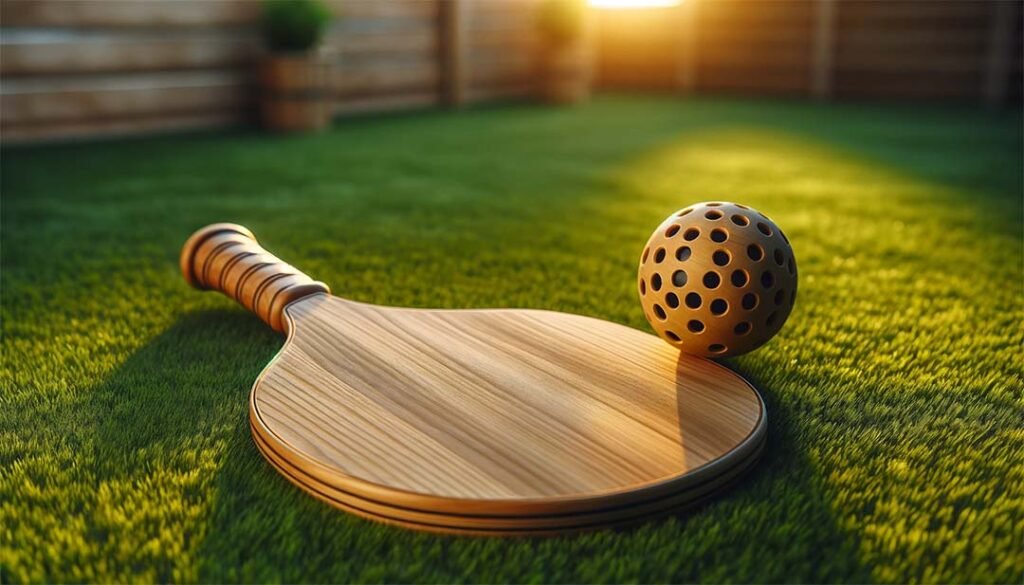
Supply Chain Management for Pickleball Equipment
1. Sourcing of Materials:
- Global Sourcing: Materials like graphite, composite fibers, and high-quality plastics are often sourced globally to ensure quality and cost-effectiveness.
- Local Sourcing: For elements like wood (for eco-friendly paddles) and basic packaging materials, local sourcing can reduce costs and carbon footprint.
- Supplier Relationships: Building strong relationships with suppliers ensures consistent quality and reliable supply. Diversifying suppliers can mitigate risks associated with over-reliance on a single source.
2. Challenges in Supply Chain and Logistics:
- Material Availability: Fluctuations in the availability of key materials can impact production schedules and costs.
- Global Disruptions: Events like pandemics, political unrest, or trade disputes can disrupt global supply chains, affecting the availability and cost of materials.
- Quality Control: Maintaining consistent quality across different batches and suppliers can be challenging.
- Transportation Costs: As most materials and finished products are transported globally, fluctuations in transportation costs can significantly impact overall costs.
3. Strategies for Efficient Distribution:
- Centralized Warehousing: Using a central warehouse can streamline distribution, especially for major markets.
- Regional Distribution Centers: For global markets, regional distribution centers can reduce shipping times and costs.
- Inventory Management: Efficient inventory management using techniques like Just-In-Time (JIT) can reduce storage costs and minimize the risk of overstocking.
- E-commerce Integration: Integrating supply chain systems with e-commerce platforms can enhance customer satisfaction through faster order processing and delivery.
- Partnerships and Alliances: Collaborating with logistics partners can optimize distribution efficiency and reduce costs.
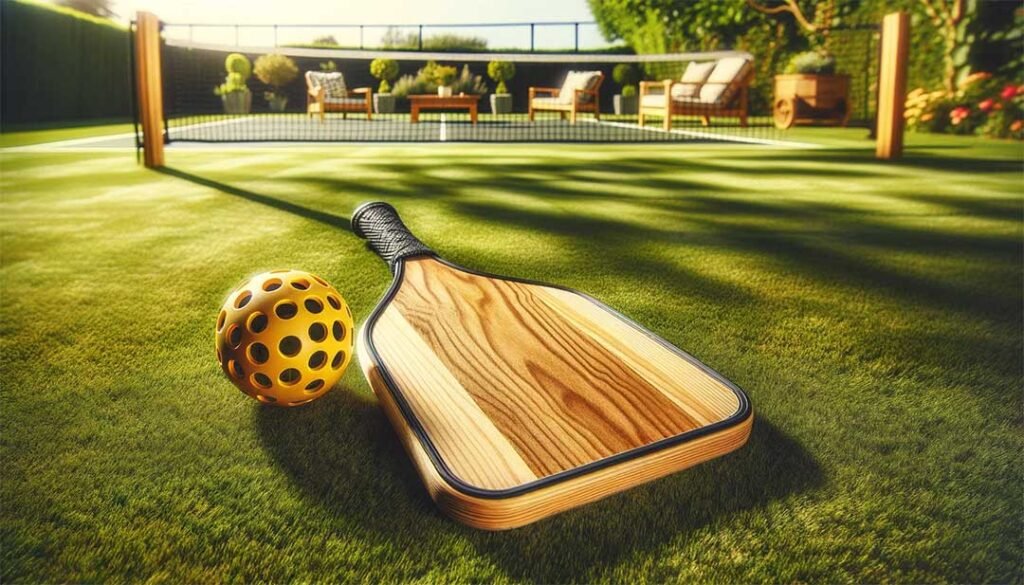
The Business of Pickleball: Sales and Marketing Strategies
1. Identifying and Targeting Key B2B Segments:
- Sports Retailers and Specialty Stores: Targeting retailers who specialize in sports and outdoor equipment is crucial. They are the primary channels for reaching end consumers.
- Schools and Recreational Facilities: Schools, colleges, and community centers often purchase in bulk and are key segments for expanding reach.
- Corporate Clients: Businesses looking for office recreation solutions or corporate wellness programs can be targeted for bulk sales.
- Online Marketplaces: Partnering with major e-commerce platforms can tap into a broader customer base.
2. Marketing Tactics for Engaging Distributors and Retailers:
- Trade Shows and Exhibitions: Participating in sports and trade shows can increase visibility and build relationships with potential distributors and retailers.
- Volume Discounts and Incentives: Offering discounts on bulk purchases and incentives can attract more B2B buyers.
- Product Demonstrations: Organizing product demonstrations and training sessions can educate retailers about the unique selling points of your products.
- Partnership Programs: Establishing partnership programs with retailers and distributors can foster long-term business relationships.
3. Digital Marketing and eCommerce Strategies:
- Social Media Marketing: Utilizing platforms like Instagram, Facebook, and Twitter to showcase products, share customer experiences, and engage with the Pickleball community.
- Content Marketing: Creating engaging content such as blogs, how-to guides, and videos about Pickleball can drive traffic to your website and e-commerce platforms.
- SEO and SEM: Optimizing your website and content for search engines can increase online visibility. Utilizing search engine marketing (SEM) can drive targeted traffic.
- Email Marketing: Sending newsletters, product updates, and promotional offers to a segmented email list can keep your brand top of mind.
- Influencer Partnerships: Collaborating with sports influencers and Pickleball enthusiasts can enhance brand credibility and reach a wider audience.
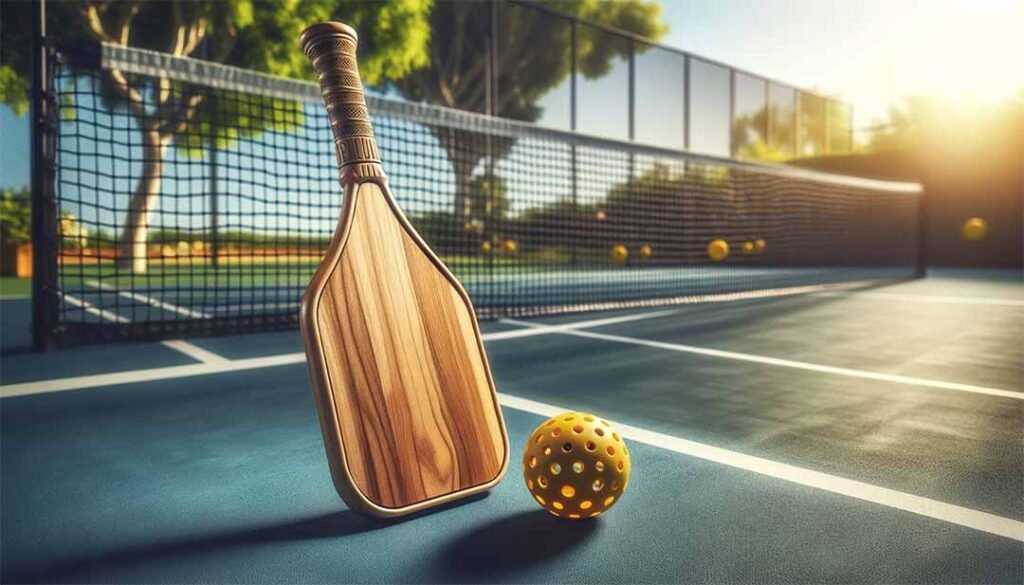
The Competitive Landscape in Pickleball Manufacturing
1. Key Players and Their Market Strategies:
- Major Brands: Established brands dominate with comprehensive product lines, including paddles, balls, and accessories. They leverage brand reputation, extensive distribution networks, and sponsorships.
- Innovative Startups: Emerging players are focusing on innovative designs, eco-friendly materials, and niche markets. They often use direct-to-consumer sales models and social media marketing to build their brand.
- Specialized Manufacturers (For example, we at Kangjie): Some companies specialize in specific equipment like high-end paddles or durable outdoor balls, differentiating themselves through product specialization and quality.
2. Analyzing the Competitive Environment:
- Market Saturation: The market is becoming increasingly saturated, making differentiation and brand visibility crucial.
- Price Competition: There is intense competition on pricing, especially with the entry of lower-cost manufacturers.
- Innovation Race: Companies are constantly innovating in terms of materials, technology, and design to gain a competitive edge.
- Global Expansion: Brands are looking to expand their reach into emerging markets where Pickleball is gaining popularity.
3. Opportunities for New Entrants:
- Niche Markets: Targeting specific segments like eco-friendly products or high-tech gear can provide new entrants with a foothold in the market.
- Local Markets: Focusing on local or regional markets before expanding can help new entrants establish a strong base.
- Partnerships: Collaborating with Pickleball communities, clubs, and leagues can provide valuable exposure and feedback for product development.
- E-commerce and Online Marketing: Leveraging online sales channels and digital marketing can reduce overhead costs and reach a wider audience more effectively.
- Innovative Business Models: Subscription services, rental models, or offering customization options could differentiate new entrants from established players.
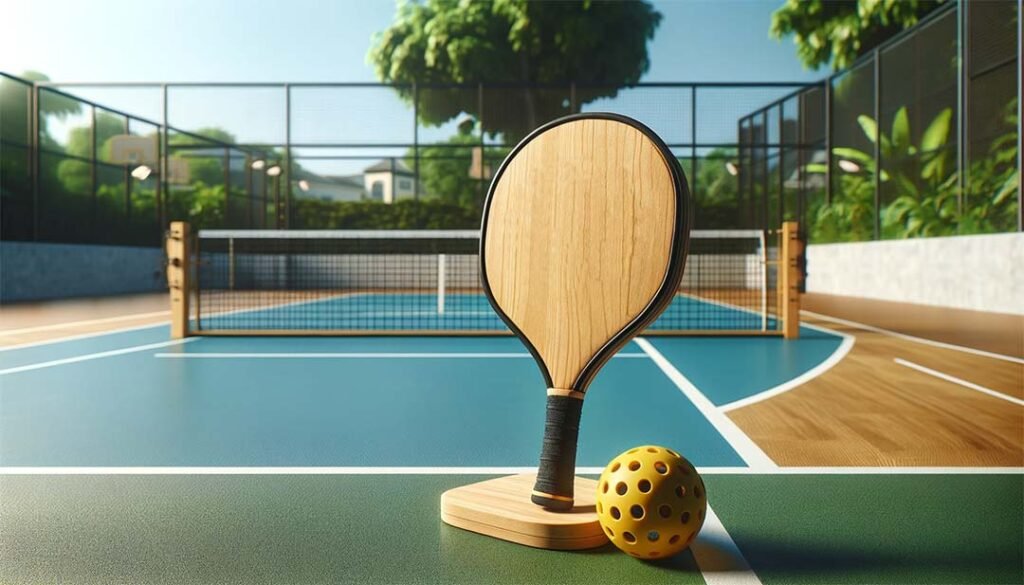
Quality Assurance and Compliance in Pickleball Equipment Manufacturing
1. Industry Standards and Certifications:
- USA Pickleball Association (USAPA) Standards: For a product to be used in official play, it must meet the specifications set by the USAPA. These standards cover dimensions, materials, and performance characteristics of paddles, balls, and other equipment.
- International Standards: Compliance with international standards like ISO for manufacturing processes ensures global acceptance and credibility.
- Eco-Certifications: For eco-friendly products, certifications like the Forest Stewardship Council (FSC) for wood, or similar environmental standards, add value and appeal to sustainability-conscious consumers.
2. Ensuring Product Safety and Compliance:
- Material Safety: Ensuring materials used are non-toxic and safe for users, especially in products like grip tapes and paddles.
- Regular Testing: Conducting regular tests for durability, performance, and safety to ensure products meet or exceed industry standards.
- Compliance Audits: Regular compliance audits help in identifying and rectifying any deviations from the set standards.
3. Best Practices in Quality Control:
- Supplier Quality Management: Implementing stringent quality checks and audits for suppliers to ensure the raw materials meet the required standards.
- In-process Quality Checks: Incorporating quality checks at various stages of the manufacturing process to identify and rectify defects early.
- End-product Testing: Rigorous testing of the final product for performance and durability before it reaches the market.
- Feedback Loops: Establishing feedback mechanisms from customers and retailers to continuously improve product quality based on user experience.
- Employee Training: Regular training for employees on the latest quality control techniques and standards ensures a consistently high-quality output.
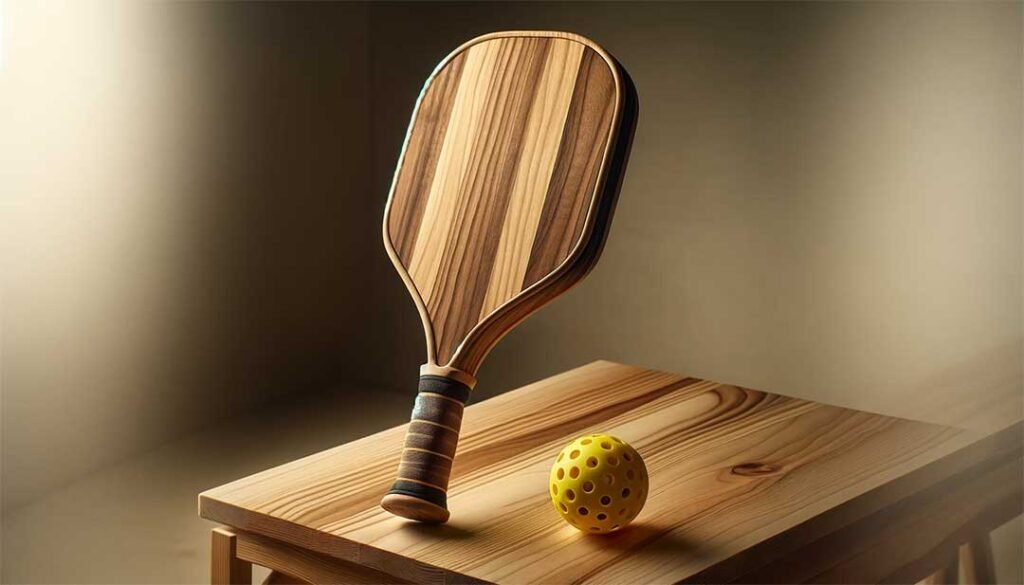
Innovation in Pickleball Products
Emerging Technologies in Equipment Design and Materials
- Advanced Composite Materials: Development in composite materials for paddles, enhancing durability and performance.
- Aerodynamic Design: Focus on aerodynamic designs to improve swing speed and control.
- Smart Technology Integration: Incorporating smart technologies like sensors to track gameplay statistics and technique improvement.
Sustainability Trends in Manufacturing
- Eco-Friendly Materials: Shift towards using sustainable, recyclable materials in paddles and balls to reduce environmental impact.
- Energy-Efficient Production: Adoption of greener manufacturing processes that lower energy consumption and carbon footprint.
- Sustainable Packaging: Implementing eco-friendly packaging solutions for pickleball products.
Customization and Personalization Opportunities
- Personalized Aesthetics: Offering extensive options for custom colors, designs, and prints on paddles.
- Customizable Performance Features: Enabling players to customize weight, grip size, and balance to suit their playing style.
- Brand Collaboration: Partnering with brands for exclusive designs, promoting both the sport and brand engagement.
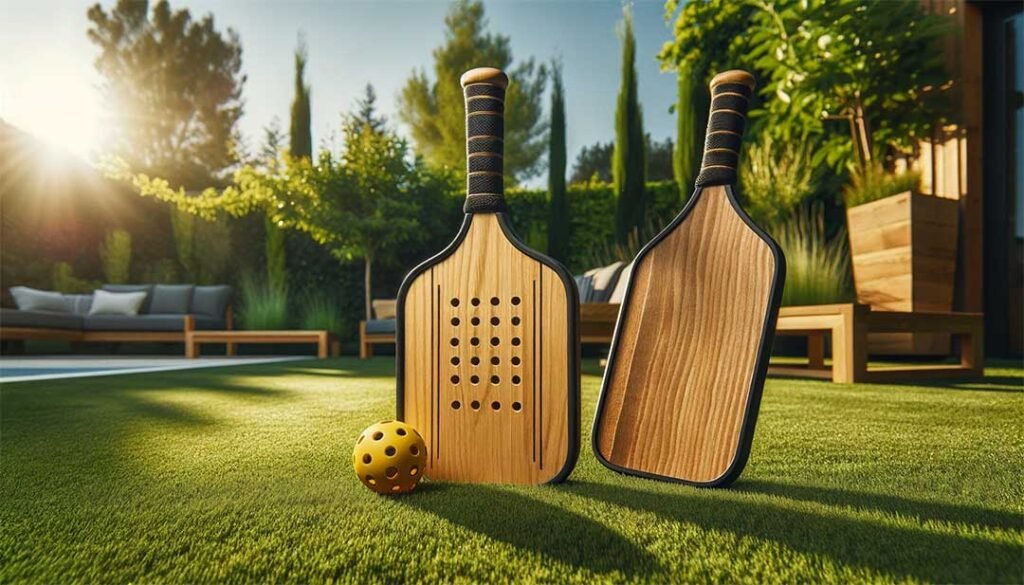
Building Strong B2B Relationships
Strategies for Long-Term Partnerships
- Mutual Goals and Values: Identify and align with partners sharing similar business goals and values to foster a strong foundation.
- Transparent Communication: Maintain open, honest communication channels to build trust and understanding.
- Reliable Delivery and Consistency: Ensure consistent quality and reliability in your products or services to build credibility.
- Partnership Nurturing: Regularly engage with partners through meetings, updates, and shared initiatives to strengthen the relationship.
Customer Service and Support Excellence
- Responsive Support System: Implement a customer support system that promptly and effectively addresses partner inquiries and issues.
- Personalized Service: Tailor your services to meet the specific needs and preferences of each B2B client.
- Proactive Problem-Solving: Anticipate potential issues and work collaboratively with partners to resolve them swiftly.
- Training and Resources: Provide adequate training and resources to your support team to ensure they can offer informed and helpful advice.
Feedback Loops and Continuous Improvement
- Regular Feedback Solicitation: Actively seek feedback from your partners on various aspects of your business relationship.
- Constructive Utilization of Feedback: Use the feedback to make informed decisions and continual improvements in your products, services, and processes.
- Innovation Based on Insights: Leverage partner insights to innovate and stay ahead of market trends.
- Acknowledging and Rewarding Feedback: Recognize and appreciate the time and effort partners invest in providing feedback.
In building these strong B2B relationships, the focus at Kangjie is always on creating a mutually beneficial environment that values trust, communication, and a commitment to growth and improvement.

The Future of Pickleball Equipment Manufacturing
Predicting Future Trends and Market Shifts
- Technological Integration: Anticipate a rise in smart pickleball equipment with integrated technology for performance tracking and analysis.
- Eco-Friendly Innovations: Growing environmental consciousness will likely steer manufacturers towards sustainable and recyclable materials.
- Advanced Materials: The evolution of lightweight yet durable materials will enhance paddle and ball design for improved gameplay.
- Market Diversification: Expansion into diverse markets, including younger players and international audiences, as the sport gains global popularity.
Opportunities for Growth and Expansion
- Customization and Personalization: There’s an increasing demand for customized equipment, offering significant opportunities for brands like Kangjie to provide personalized paddles and gear.
- Collaborations and Partnerships: Strategic partnerships with sports personalities, leagues, and clubs can open new avenues for brand exposure and product endorsement.
- Online Sales and Direct-to-Consumer Models: E-commerce platforms and direct sales channels will become increasingly important for reaching a wider audience.
- Global Expansion: Tapping into emerging markets where pickleball is gaining popularity can offer new growth opportunities.
- Innovative Product Lines: Developing products that cater to specific skill levels or aspects of the game, such as beginner-friendly paddles or professional-grade equipment.
By staying attuned to these trends and leveraging the emerging opportunities, manufacturers like Kangjie can not only sustain but also significantly enhance their market presence in the burgeoning world of pickleball.

Conclusion
In summary, the booming world of Pickleball offers a lucrative and expanding B2B market, ripe with opportunities for innovation, growth, and niche targeting. With its growing global popularity and diverse consumer base, businesses venturing into this sector have a unique chance to tap into a market that combines sport, health, and community.


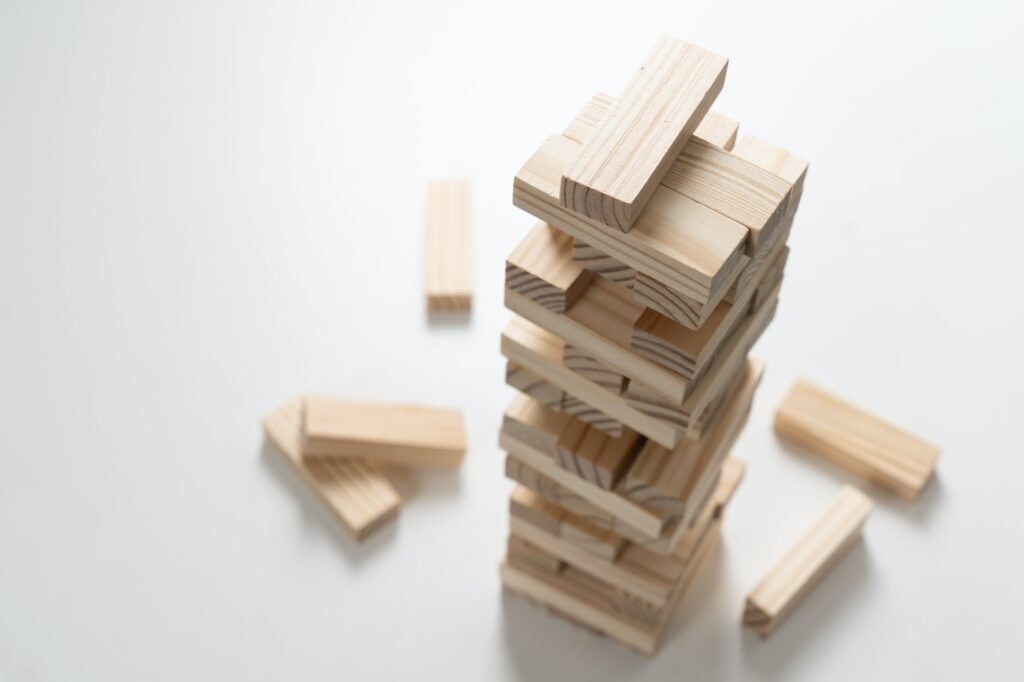
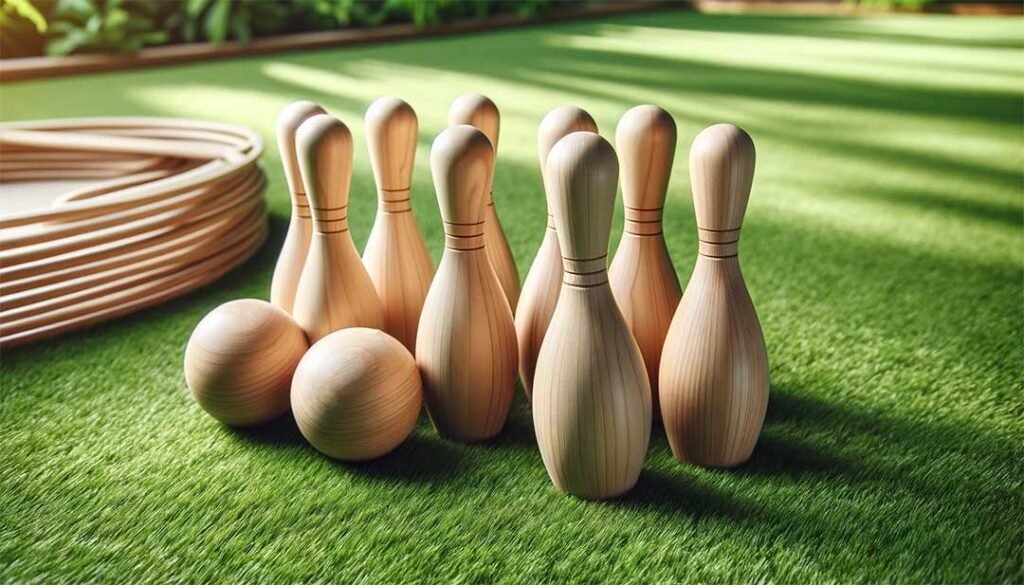
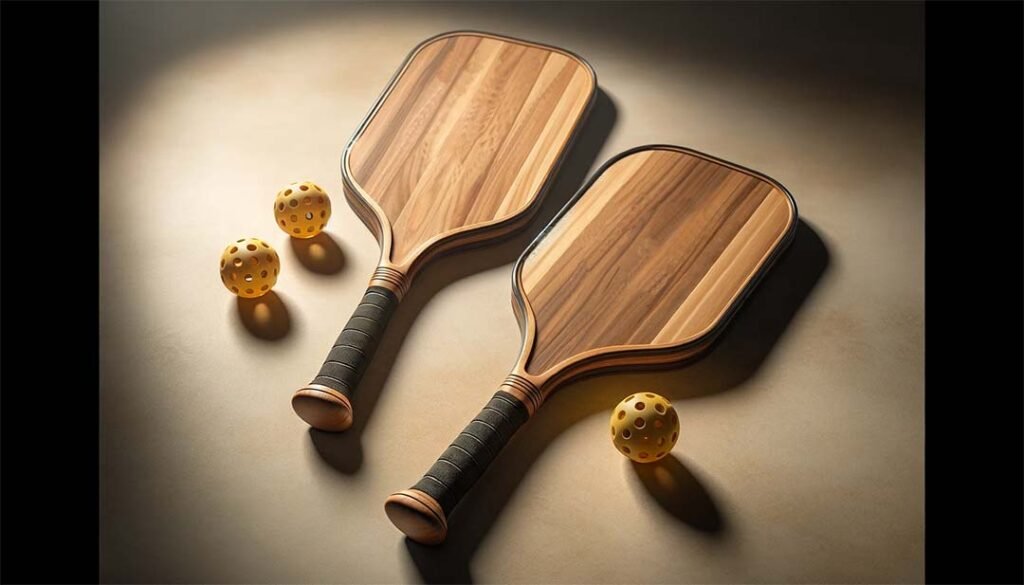
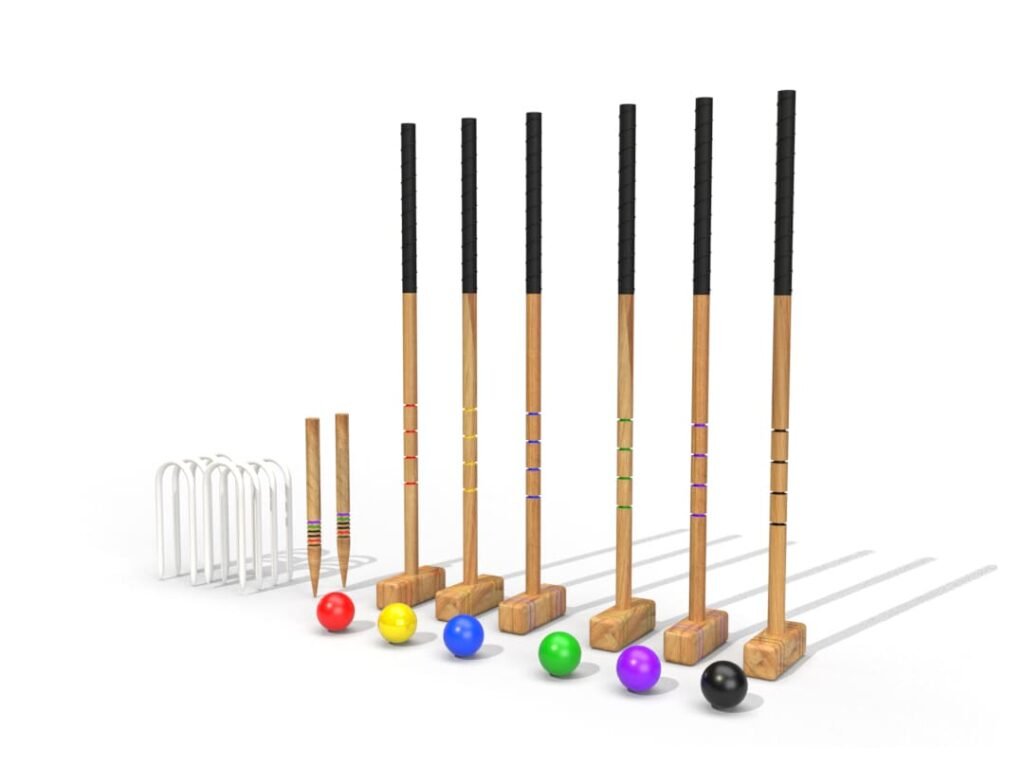
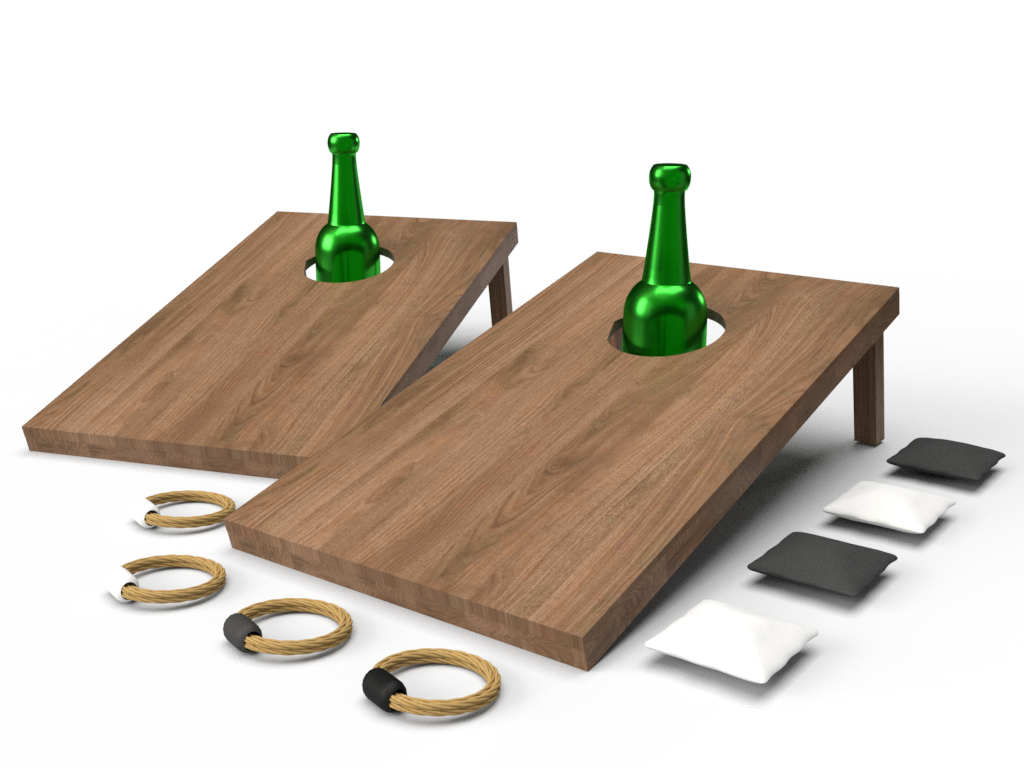

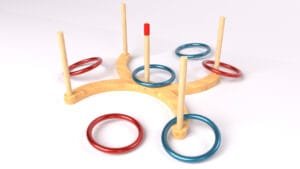
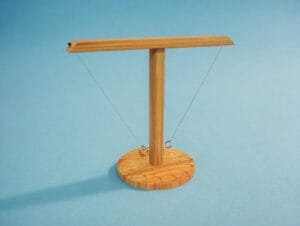

One Response